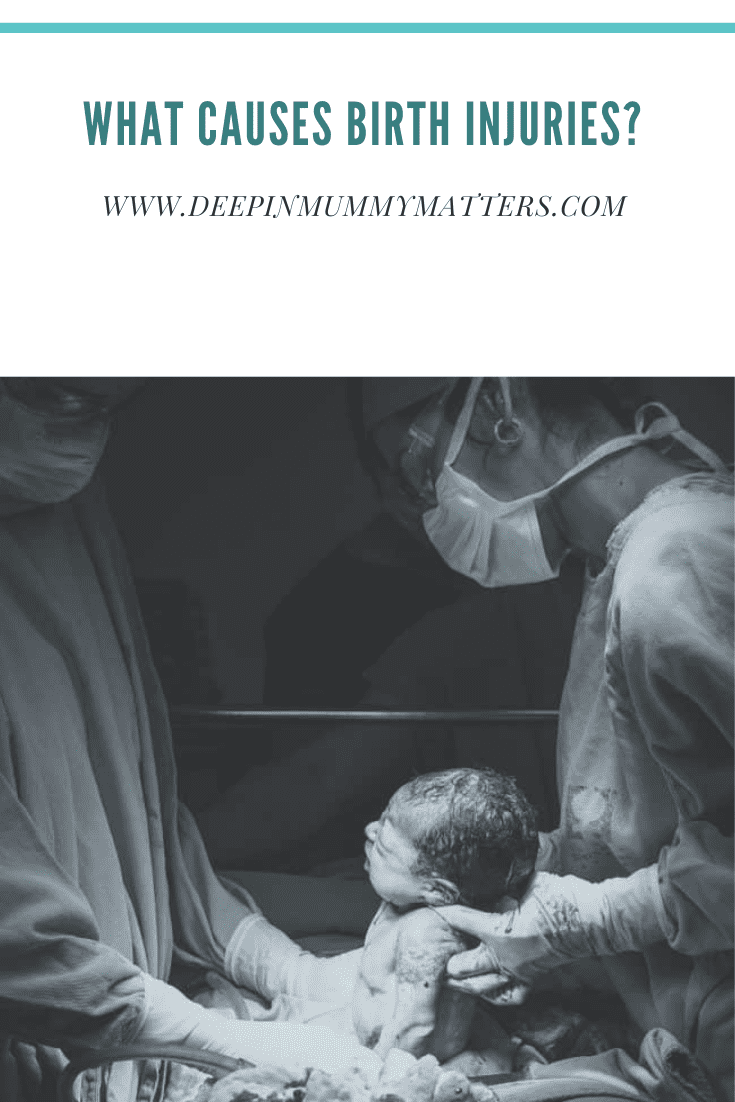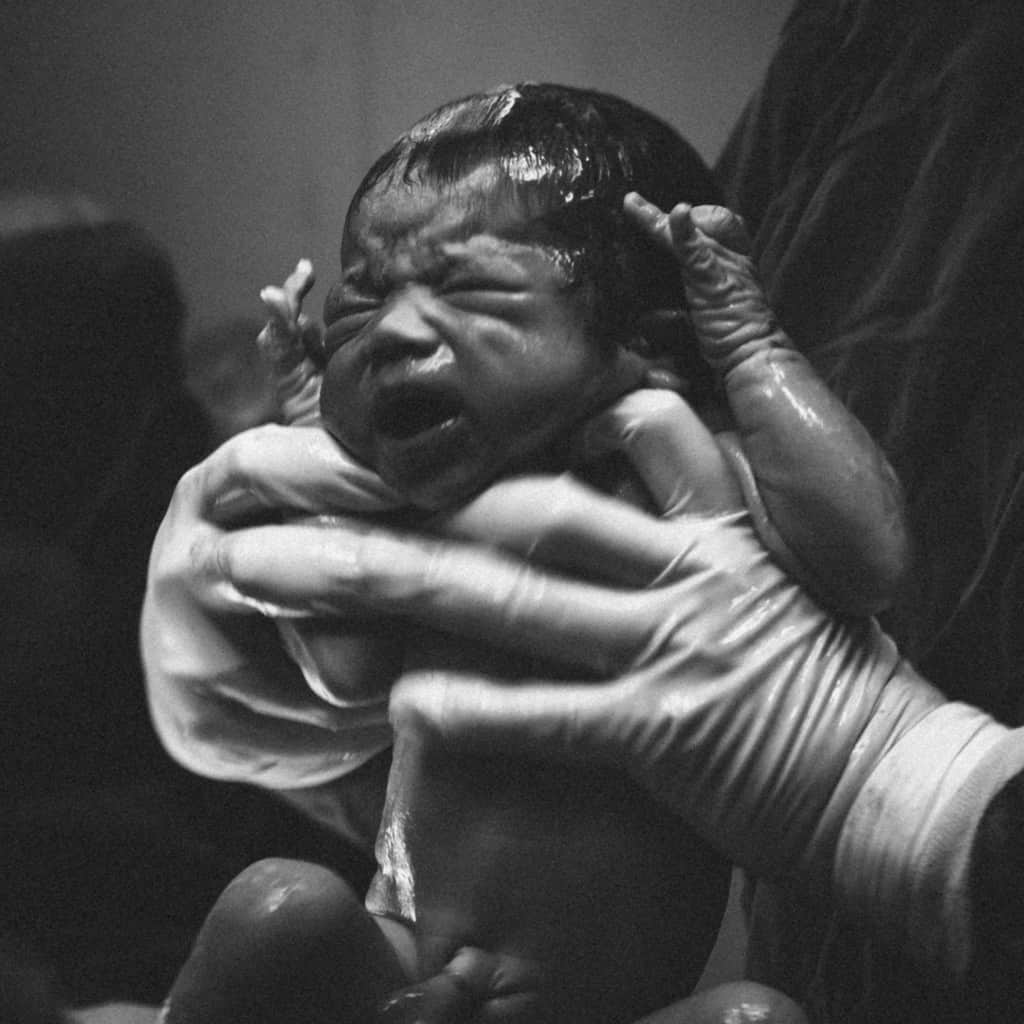Birth injuries often result from prolonged labour, maternal obesity, and dystocia (slow or difficult labour or birth). Premature babies born before 37 weeks are also at higher risks of birth injuries due to their developing muscles and nervous system. At times, a complication called Cephalopelvic disproportion, a size mismatch between the fetus’ head and the mother’s pelvis, can cause birth injuries.
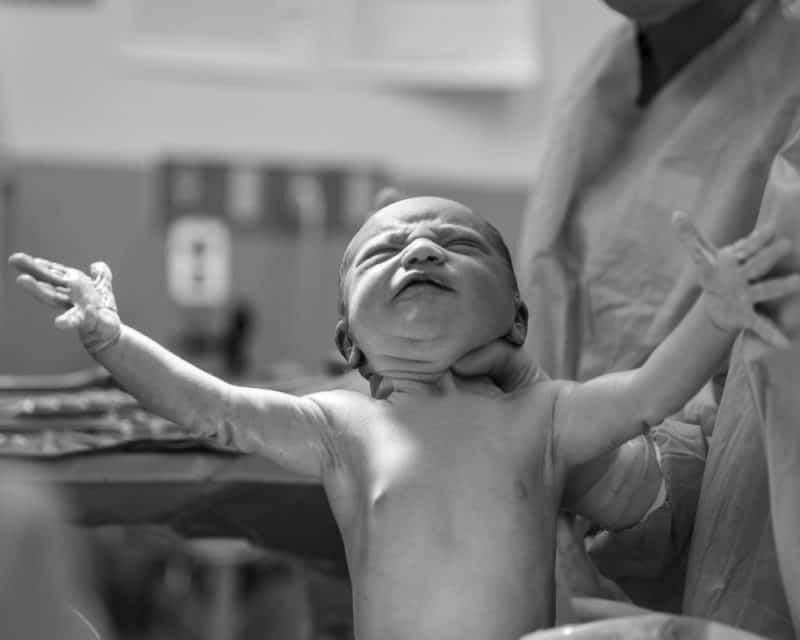
Babies with a birth weight of more than 8 pounds and 13 ounces are likely to suffer birth injuries during the birthing process. A medical practitioner’s use of unnecessary force or medical negligence during childbirth can also result in birth injuries. Medical practitioners have the necessary training that familiarises them with the birthing process and potential challenges. Failure to follow the set standards of care and procedures during delivery amounts to medical malpractice.
Common Causes of Birth Injuries
Prolonged Labour
Prolonged labour is one of the leading birth injury causes. Labour that lasts more than 18 hours is deemed prolonged. During prolonged labour, pressure tends to build upon the infant’s brain. The outcome is elevated blood pressure and fetal distress. Prolonged labour may also lead to postpartum haemorrhage, early or delayed rupture of the membranes, and uterine rupture.
Maternal Obesity
Obesity can lead to C-section complications and prolonged labour. Other complications associated with maternal obesity are dystocia (slow or difficult birth), uterine rupture, postpartum haemorrhage, and blood clots in the legs or liver. Obesity might also result in pneumonia, respiratory problems for the baby after delivery, and injuries during birth.
Dystocia (Slow or Difficult Labor)
A birth injury can occur if labour isn’t progressing quickly enough. The risk of the mother and baby becoming injured during delivery also increases with dystocia. These injuries are caused by prolonged pressure on the cervix, which can cut blood flow to the baby or cause trauma to the uterine tissues.
CephaloPelvic Disproportion (CPD)
CephaloPelvic Disproportion, also known as CPD, is a term used to describe the size mismatch between the baby and the mother’s pelvis. During labour, it can cause complications, such as cesarean section, postpartum haemorrhage, or vaginal lacerations.
Overweight Babies
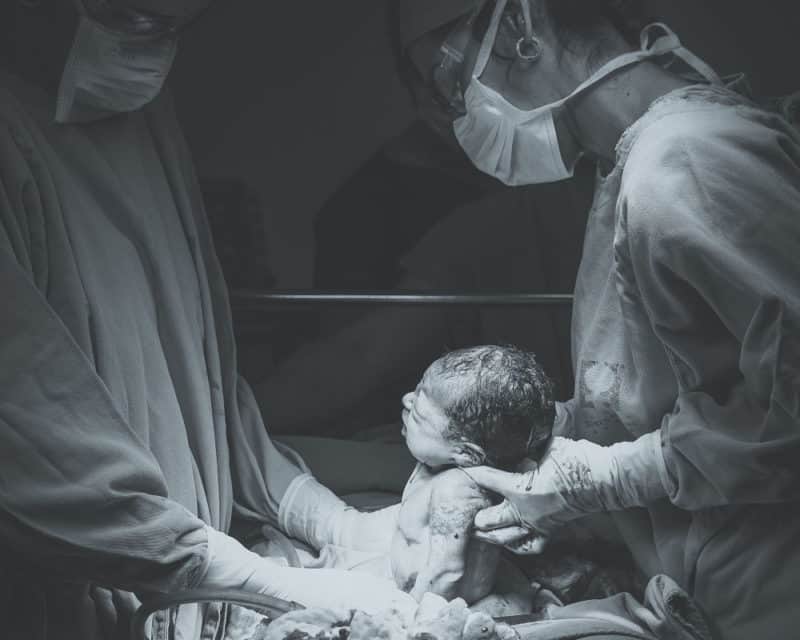
Overweight babies can have problems breathing after delivery, fractures of the collarbone or shoulder blades during delivery, and nerve damage that leads to paralysis of the arm on the side where the fracture occurs. Other problems include respiratory distress syndrome, delayed separation of the placenta from the uterus after birth, jaundice, breastfeeding problems, and increased risk of postpartum depression for the mother.
Preemies (born before 37 weeks)
Premature babies have poorly developed muscles and nervous systems that increase their risks of birth injuries during birth. In some cases, a complication called intrauterine growth restriction (IUGR) may occur. This complication occurs when the baby isn’t growing at a normal rate during pregnancy. Preemies are also at risk of breathing problems.
Can A Parent File a Birth Injury Lawsuit?
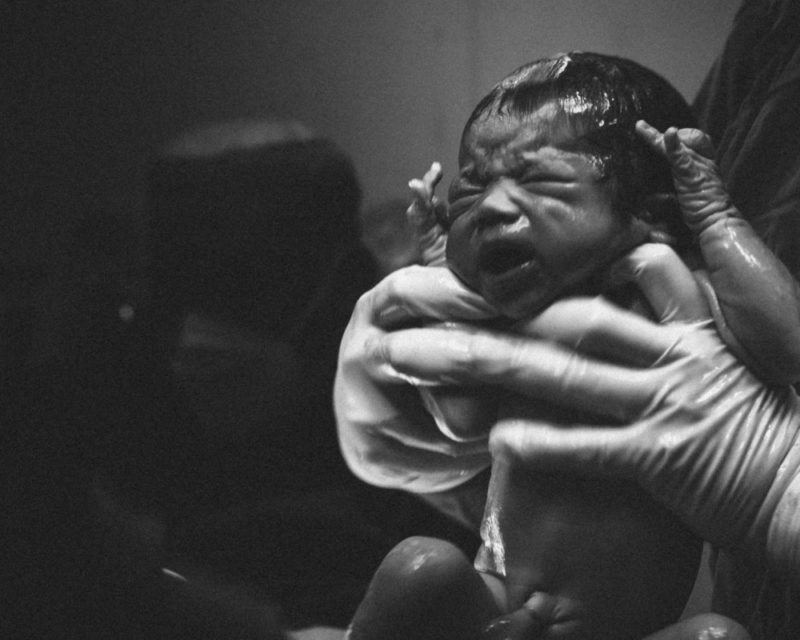
A parent whose child suffers a birth injury during childbirth has the right to file a birth injury lawsuit against the negligent party or parties. Doctors and hospitals are the most common defendants in birth injury lawsuits. Other potential defendants include midwives, emergency medical technicians, paramedics, nurses, and anesthesiologists. A birth injury attorney can walk a parent through the process of filing a birth injury claim or lawsuit to recover damages incurred.
Reasons for Filing a Birth Injury Lawsuit?
A child who suffers a birth injury during delivery will likely have to go through expensive medical treatments for the rest of their childhood or life. A parent who files a birth injury lawsuit may recover damages for the cost of their child’s medical treatments.
The parent may recover compensation for their lost income and personal suffering. The parent may also pursue compensation for any future expenses of raising a special needs child, such as paying for college or vocational training.
